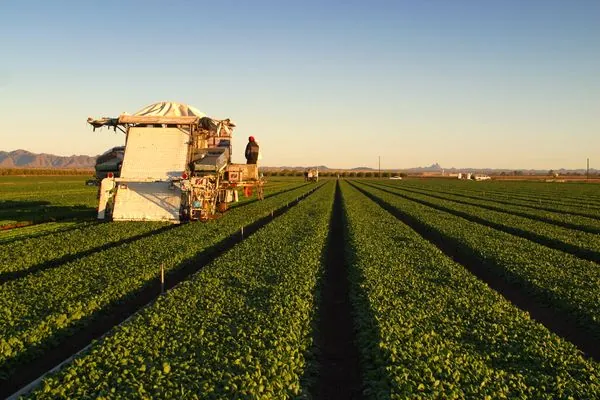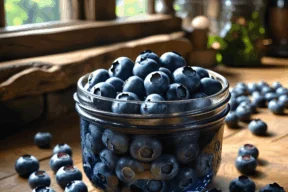Farm Facts That Feed You
What are the Preharvest Intervals in farming Produce in the United States

Preharvest Intervals in farming Produce
The Preharvest Interval (PHI) refers to the minimum amount of time that must pass between the last application of a pesticide and when the crop can be harvested. Here are some general guidelines and specific examples for PHIs in the United States:
- General Understanding: PHIs are established to ensure that the pesticide residues on the produce do not exceed the Maximum Residue Limit (MRL), which is regulated under the Pest Control Products Act. The PHI is legally required and is found on the pesticide label. If there’s no PHI listed, crops can be harvested at maturity, but any Restricted Entry Interval (REI) must be followed. Compliance with PHI is crucial to avoid health risks and legal issues related to pesticide residues.
- Specific Examples:
- Vegetables: For instance, in the case of vegetables like tomatoes, the PHI can vary. If a fungicide is applied, the PHI might be 5 days, meaning tomatoes cannot be harvested until 5 days have passed since the application. This ensures that any pesticide residue breaks down to safe levels before consumption.
- Tree Fruits: For tree fruits, the PHI listed on labels often represents the longest interval for all tree fruit crops mentioned on the label. For specific PHIs for each crop, one should refer directly to the product label.
- Grains: For crops like wheat, where preharvest applications might occur, the PHI is also crucial. For example, in scenarios where late-season sprays are applied due to unusual conditions, understanding and adhering to PHIs is vital to maintain the crop’s marketability, especially in human consumption markets.
- PHI Variations: The PHI can differ between products, even for the same crop, and is affected by various factors like plant growth, weather conditions, and soil microorganisms. The label is the definitive source for PHI information, and it’s important to check it for each pesticide used.
- Legal Implications: Not adhering to PHIs can lead to residues exceeding legal limits, potentially causing crops to be rejected, seized, or even leading to financial losses for the grower. This is particularly true for produce intended for export where strict traceability and residue tolerance are enforced.
In summary, the Preharvest Interval for produce in the United States is determined by the pesticide used, the crop in question, and is strictly regulated by law. Always refer to the specific pesticide label for exact PHI requirements for each crop and pesticide combination.
Our Videos
View all VideosOur Latest Posts

The Scoop on Salt
For the longest time I never understood why every baking recipe always called for a teaspoon or two of salt, even if the baked good…

Training for Life’s Marathon: Fuel to Move, How Smart Nutrition Powers Everyone
This November, Tempe will once again become a stage for grit, perseverance, and pure human willpower as athletes dive into the waters, mount their bikes,…
Featured Recipes













